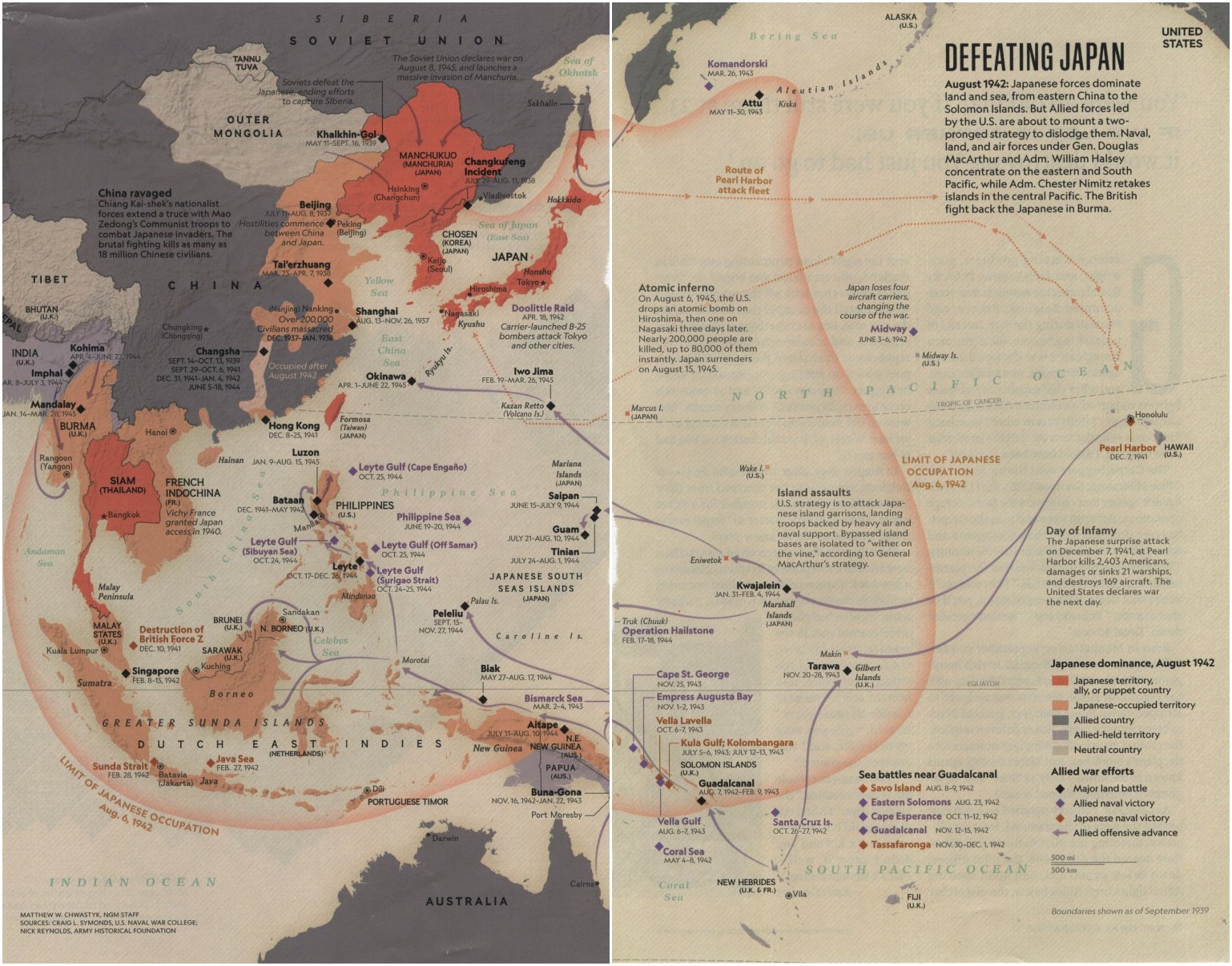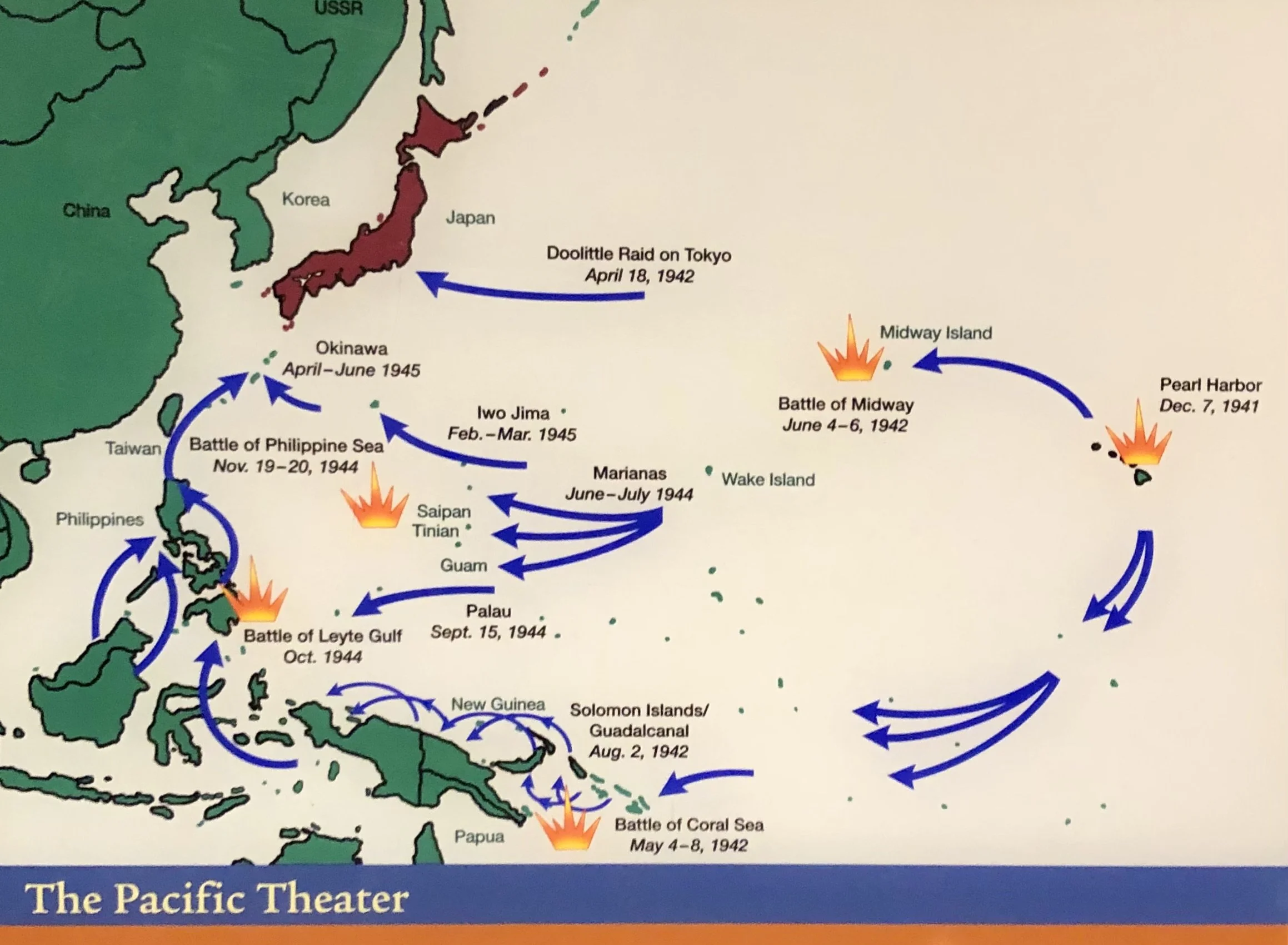Combined Fleet Decoded by Prados
Ref: John Prados (1995). Combined Fleet Decoded: The Secret History of American Intel in WWII. Random house Publishing.
______________________________________________________________________
Summary
The History of the secret war of intelligence in the Pacific Theater of WWII.
______________________________________________________________________
Intel Ops
The Mid Pacific radio net was intercepting about 60% of Imperial (Japanese) Navy Message Traffic. US Intelligence agencies were reading ~40% of it.
The best codebreakers in the USA: Rudy Fabian, Rochefort, Ham Wright, Tom Mackie
Battle of Midway
Next to lost carriers, the capture of a zero may well have been the midway result most detrimental to Japan.
______________________________________________________________________
Japanese Strategy
The notion that the Japanese were simply over confident obscures as much as it explains. Other factors contributing to the outcomes include the Japanese shift from well-rehearsed (first-stage) to novel (second-stage) operations; the effort to apply familiar doctrine of decisive battle to a completely alien and remote geographic region; the bifurcation of their own effort between central and north pacific foci; and the desire to save face, which resulted in clinging too long to a rash assault plan.
In 1939-1940, Japanese pilots received about 330 flight hours. By 1944-1945, pilots were graduating with just 100-120 hours in the air, no firing practice, and only basic air tactics. By that time US pilots were graduating with 400 hours, half in combat aircraft.
______________________________________________________________________
Misc Quotes
"I want you to be specific," the admiral insisted. "After all, that is the job I have given you to be the admiral commanding the Japanese forces and tell us what you're going to do."
______________________________________________________________________

